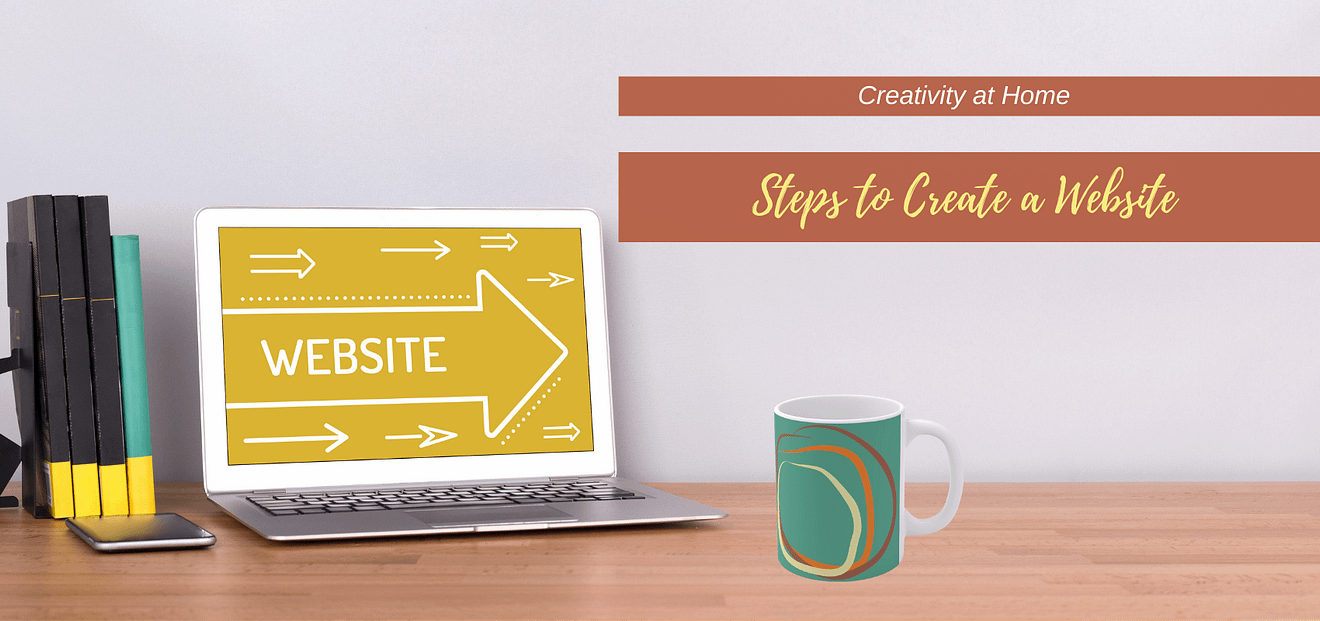
Steps to Create a Website
An effective website is aesthetically pleasing, while having a clear and consistent conceptual structure. A functional website is also technically sound, user friendly, and search engine optimized.
The following are some basic steps for creating a site:
1. Know Your Target Audience
This is a very key step, because your target audience is the group of people you are attempting to serve. It is also the group of individuals you plan on aiming your marketing efforts toward. So make sure you know and understand the overall expectations and interests of this group. This is the only way you’ll be able to effectively and genuinely serve them.
2. Choose A Domain
The domain name you choose is also very important to the value of your site. This is because your domain name basically tells people where to go to find your website. So if you are not using your actual name or the name of your business, then it is always best to choose a domain name that contains one of the main keywords of your site. Also include relevant and popular keywords that are already being used by your target audience.
3. Choose A Web Host and Platform
The web host provides the physical location where the actual data that makes up your website is stored. Today, there are several web hosting providers to choose from; a search in google will help you to narrow down the top providers. Select one based on your needs and budget.
Now, once you have decided on your web hosting service, then next you’ll need to choose your personal publishing platform. Whether you wish to create a blog, informational (static) site or an eCommerce site, you can never go wrong with using the WordPress platform. WordPress has paved the way for a new evolution of websites. This platform option is available from most, if not all web hosting companies. Additionally, they offer a wide range of functions (plugins), which can be used to customize a site for any purpose.
Another option that I would recommend, especially if you are just starting out is Weebly. This is especially since they are considered both a web host and a publishing platform.
4. Develop Your Brand Strategy
A brand is “a name, term, design or other feature that distinguishes one seller’s product from those of others.” An effective brand therefore understands the wants and needs of its own customers and target audience. So when it comes to creating a site, an effective brand would also use these perceptions to not only create its logo, but to develop the content for the entire site.
The look and feel of your brand should also be integrated throughout every point of public contact. Therefore, as you are building your website, focus on depicting the overall experience you would like your customers and/or target audience to have with your “brand.”
5. Design your Site
If this is your first time creating a site, then the simplest approach is to use the colors within your logo, as well any other complementary colors to design your site. One of the things I’ve learned is to keep it simple. Don’t go overboard with the design. You may also opt for using a ready-made wordpress theme.
Don’t stress, most web hosting companies provide guidelines on how to create your site on their platform. But the content is also very important. So, plan your site layout on pen and paper or in Word first, before adding your content to the site. You want to make sure that your information is clear and well-organized.
6. Keep Traffic in Mind
If your goal is to eventually have a popular site, then one of the main things you’ll have to pay attention to as you are creating your site, is how the content is being added to your website. Make sure that you utilize all the keywords that your prospective customers or visitors will use to find your website within the content of your site. Add them as page titles and as keywords to those pages.
Now, search engine optimization is really a science. It is definitely not something you can learn overnight and the rules are ever-changing. So you can either identify a reputable business that specializes in SEO to help you to build organic traffic, or do your own research. The best place to start is with Google. They even provide this detailed Search Engine Optimization Guide.
Note that as you build your WordPress site, you can use plugins like Yoast SEO to support your optimization efforts. Additionally, platforms like Weebly also guide you along the way with optimizing your site, as you are creating it.
7. Publish Your Site
Finally, once you have designed your website and added all the information on your services and/or products, your site is now ready to be published to the internet!
For further information, get a copy of the e-book, “Launch Your Home Business with a Solid Business Identity” or you can contact me for details on my custom design services.

